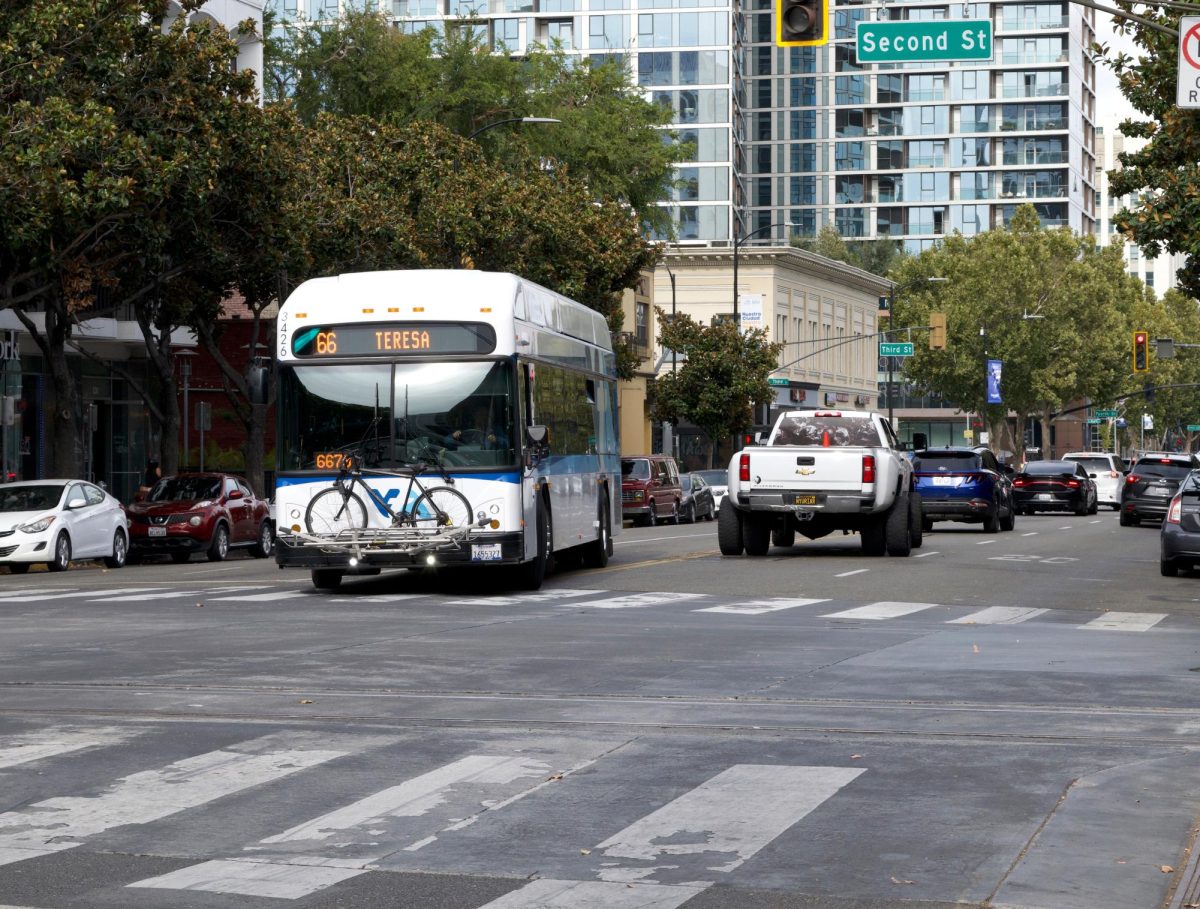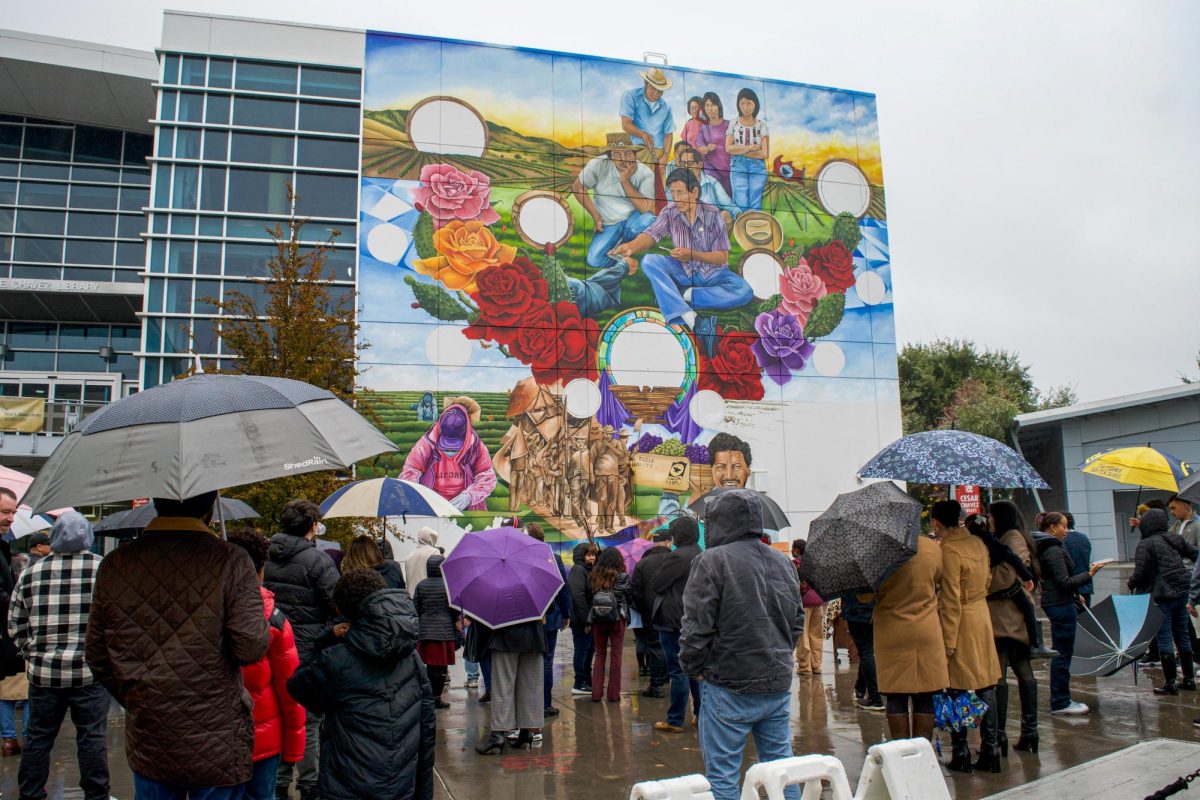Milpitas Unified School District is the first school district in the Bay Area to use electric busses to transport students.
The project cost was about $2.1 million with most of the funds coming from grant money and $200,000 from the school district.
Milpitas Unified worked with companies Bluebird and Cummins to secure busses that run on electricity rather than gasoline.
The new system helps to ensure that there is less pollution created. This makes Milpitas Unified one of the first districts in Northern California to have such a resource available for its students — redefining the ways in which cities are able to be environmentally friendly.
Milpitas High School environmental science teacher Glen Barrett spends his time educating his students on what it means to be stewards of the earth and focuses on helping others to
understand the implications of having sustainable transportation systems that are underdeveloped.
“Transportation is a leading source of air pollution in an urban environment, leading to a wide variety of health issues,” Barrett said. “Larger cities tend to have increased mortality rates due to the health impacts of air pollution, with transportation (traffic) usually being the number one source of particulate pollutants.”
Sean Nguyen, a recent graduate of Milpitas High School is an advocate for human rights and says there is a direct correlation between social and environmental justice.
“Milpitas is a host to a lot of low-income communities and black, Indigenous, people of color, enclaves that can’t typically afford private transportation on a daily basis, so I feel like having a system like this that is both public and accessible is beneficial for Milpitas,” Nguyen said.
Another Milpitas High student, Nicholas Hammond, said this topic is extremely important as he uses the bus to get to school every day.
“The electric busses are great,” Hammond said. “We need to teach the new generation ways to combat this decay so we can hopefully restore the earth to how it was before.”
Hammond said that hearing about the new busses has inspired him to research more about how human activities impact the surrounding world.
According to NASA, the Greenhouse Effect is a natural process that helps keep the earth warm enough for organisms to survive, but the overuse of fossil fuels, such as from motor vehicles, disrupts that process.
During the combustion of fuel, greenhouse gasses like carbon dioxide are created and prevent heat from being reflected into the atmosphere.
Excess heat is then stored, which explains why the earth’s average temperature has increased over the past few decades.
When information is given out about climate change, it is done so in terms of a global scale taking away the sense of responsibility communities have to fight the issue at a local level.
While making this adjustment starts the conversation of environmental responsibility, it should be understood that this is not a blanket solution.
“A popular misconception is that you need to completely remove a harmful activity in order to be sustainable,” Milpitas High student Jasmeeran Sidhu said. “Instead, Milpitas Unified made a practical decision by thinking of an alternative that is viable and does not disrupt the routines of students who rely on public transportation.”
Isabella Morrison, enrolled in JOURN 22 News Writing and Reporting course, was a journalism student at San Jose City College this summer.






